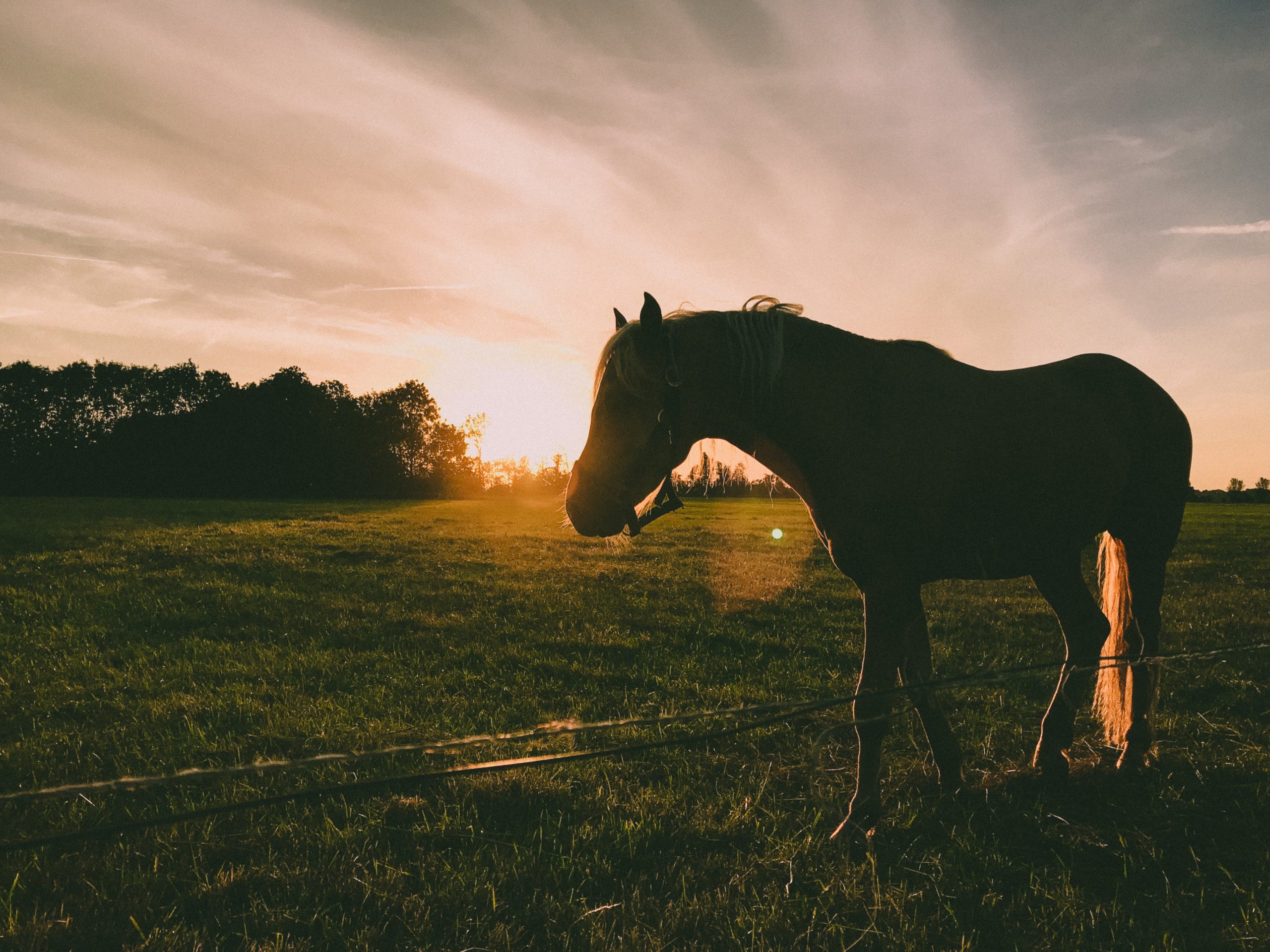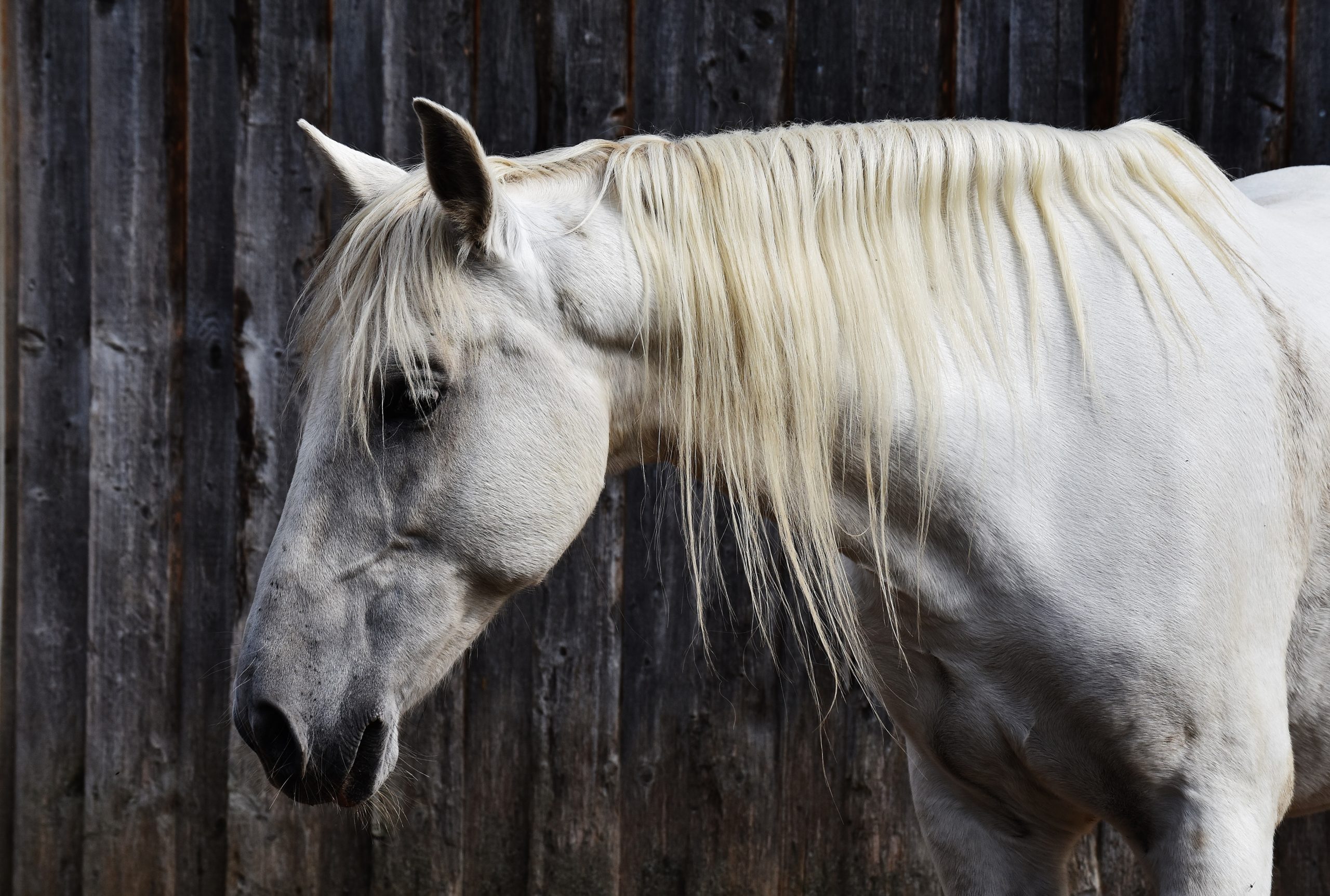It is useful to be aware of the normal values for the vital signs of your horse. Variations from these values, particularly if they are associated with other signs of illness or injury, are an indicator that all is not well and you should seek veterinary advice.
The values below are the normal range for an adult, resting horse. Exercise and excitement can cause normal increases to these values.
Pulse (heart) rate
The normal value is 25 – 45 beats per minute in a resting horse.
The pulse rate indicates heart and circulatory function. The pulse can be taken over one of several arteries – inside the front angle of the lower jaw, behind and to the side of the eye or between the bulbs of the heel in a foreleg. Count the number of beats in a timed 30-second period and double it to get the pulse rate (heart rate).
Respiration rate
The normal respiratory rate is 8 –16 breaths per minute.
Stand back from the near side of the horse and watch the diaphragm moving in and out at the front of the flank. Count only the inhalations or the exhalations, not both. Alternatively, watch the nostrils dilate as the horse inhales. Count for 30 seconds and double this value to get the respiration rate.
Temperature
The normal temperature range is 36.5 – 38.5°C.
Stand to the side of the horse at the hind leg and hold the tail up out of the way. Insert a digital thermometer into the anus at a slightly upward angle to make contact with the bowel wall. Hold in place for 2 minutes to get an accurate reading.
Capillary refill time
The capillary refill time is a useful guide to the efficiency of the horse’s circulation. The normal value is 1 – 2 seconds.
Press the gums of the upper or lower jaw with a finger for 3 – 5 seconds and count how long it takes for the normal pink colour to return.
Hydration status (pinch test)
The capillary refill time is a useful guide to the efficiency of the horse’s circulation. The normal value is 1 – 2 seconds.
Press the gums of the upper or lower jaw with a finger for 3 – 5 seconds and count how long it takes for the normal pink colour to return.





